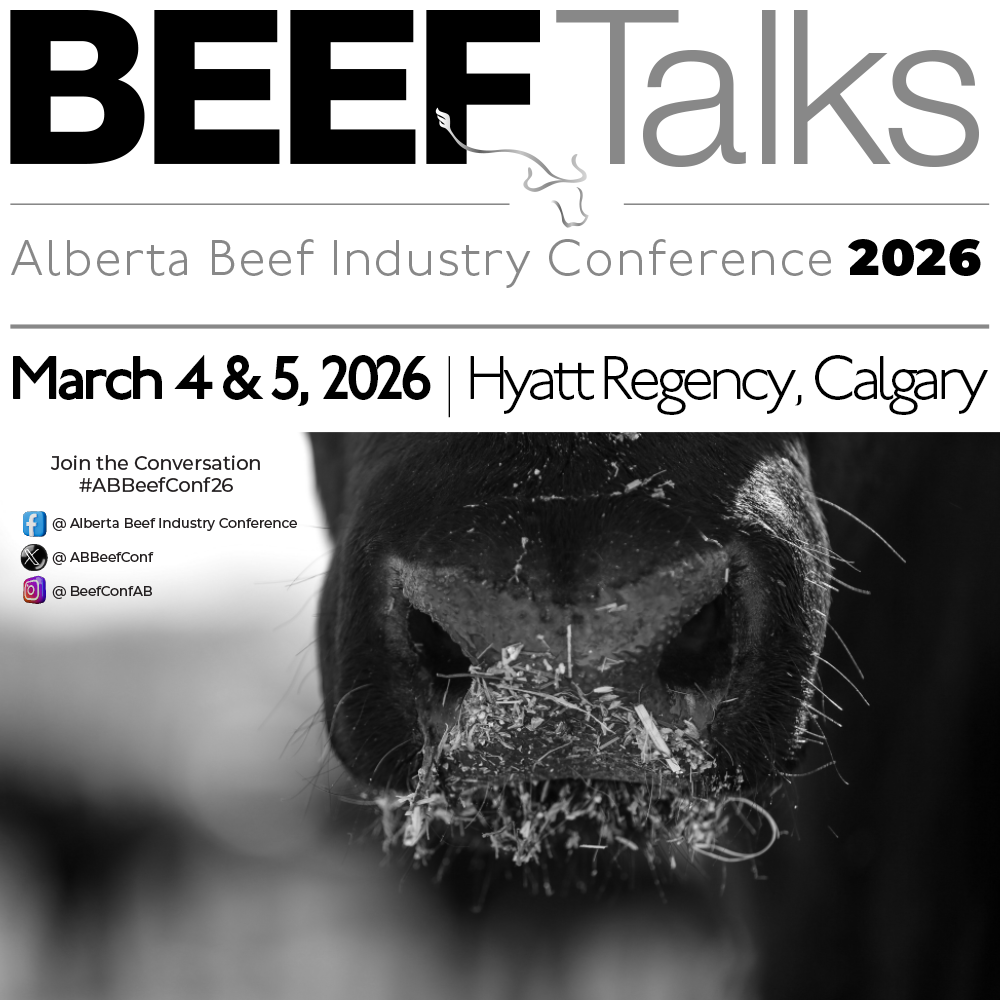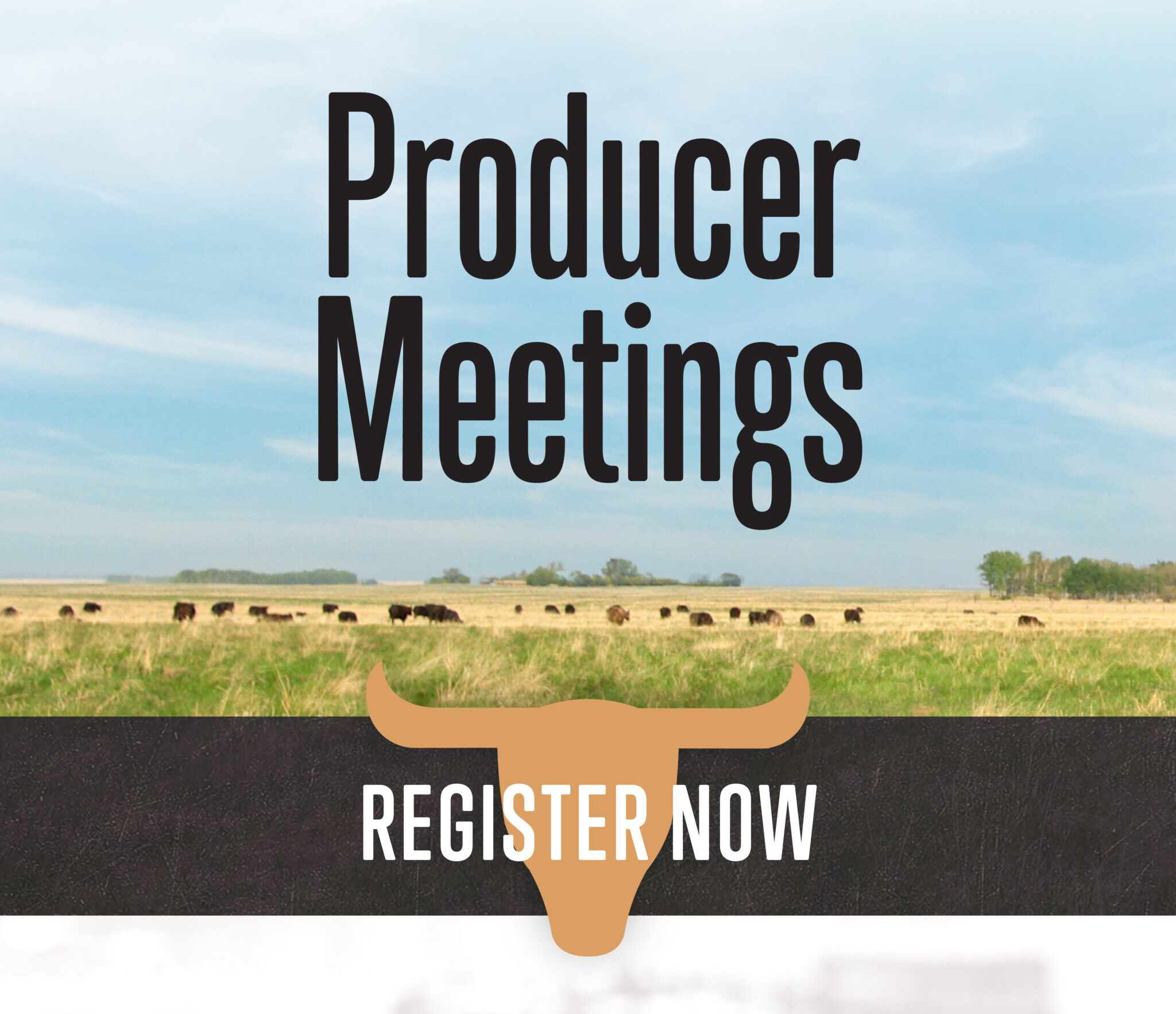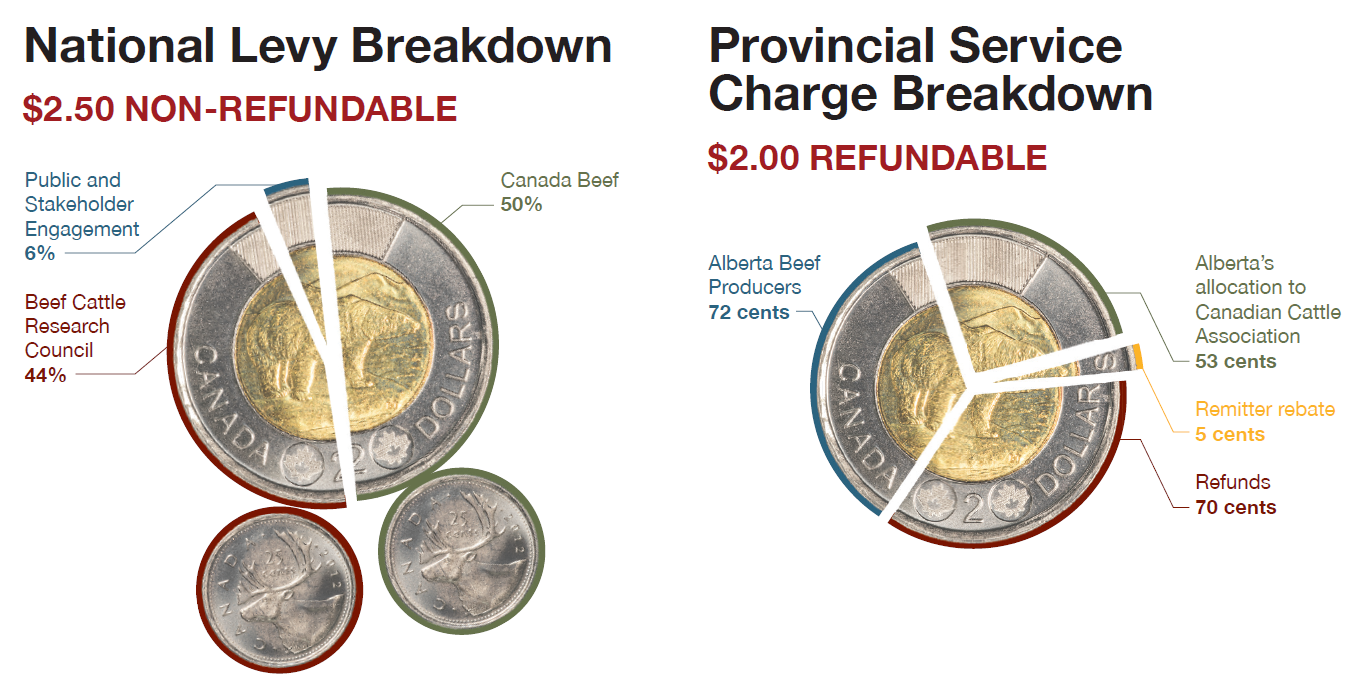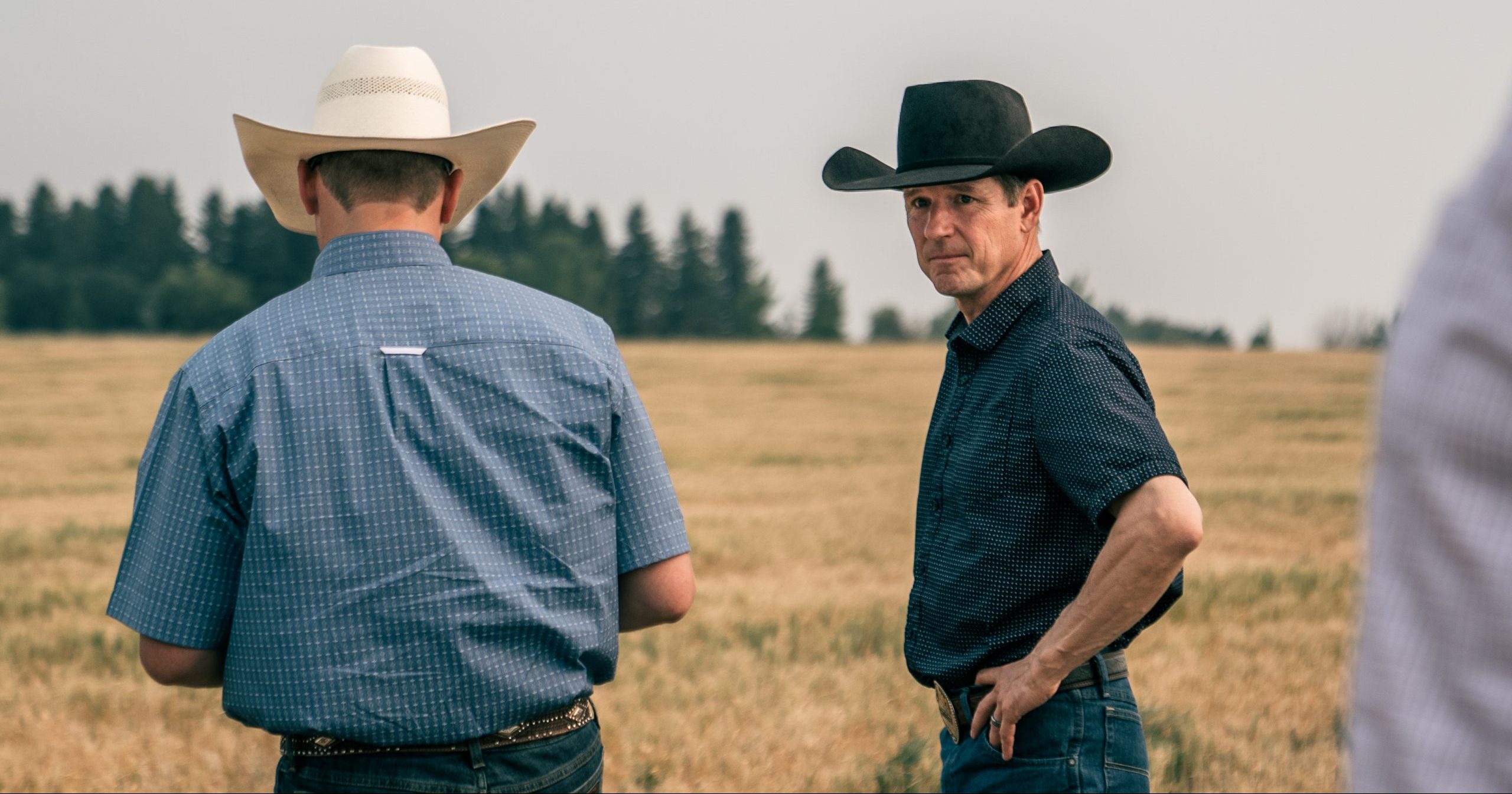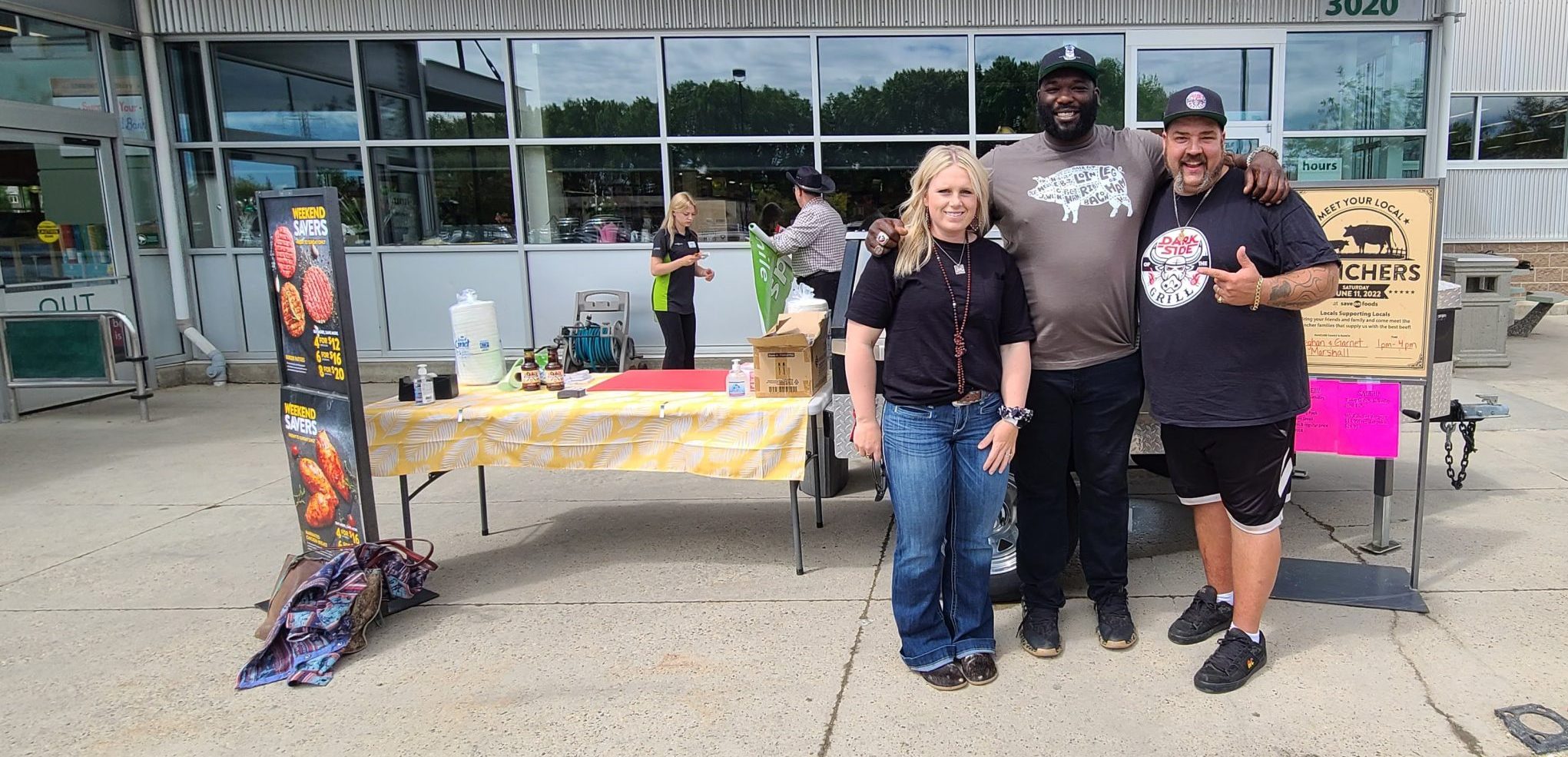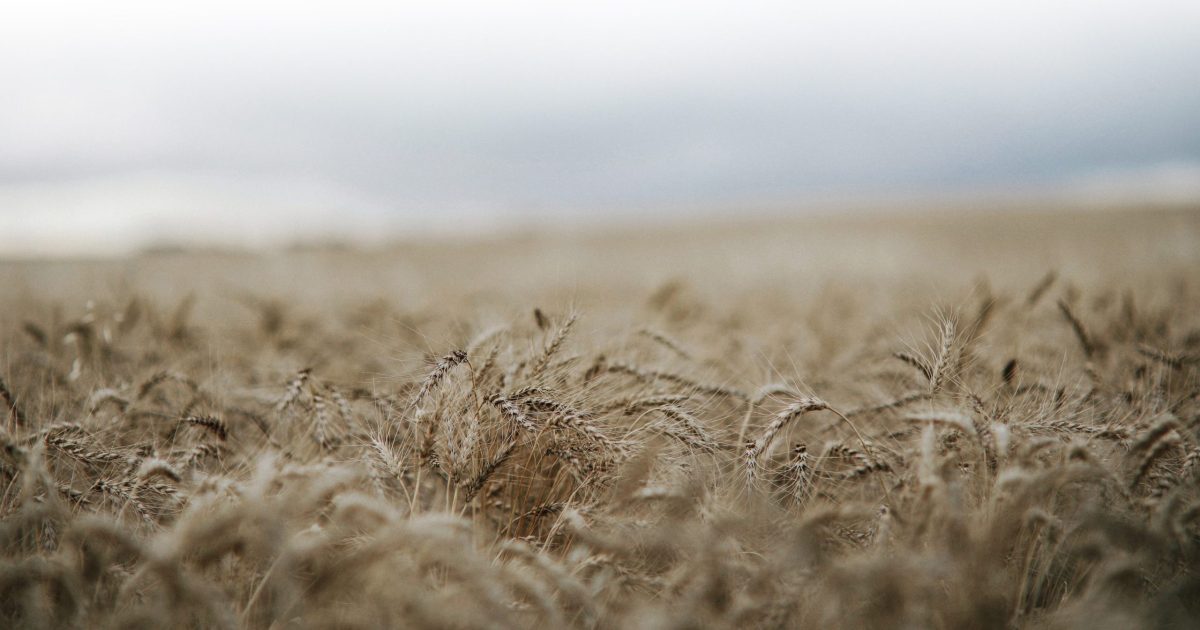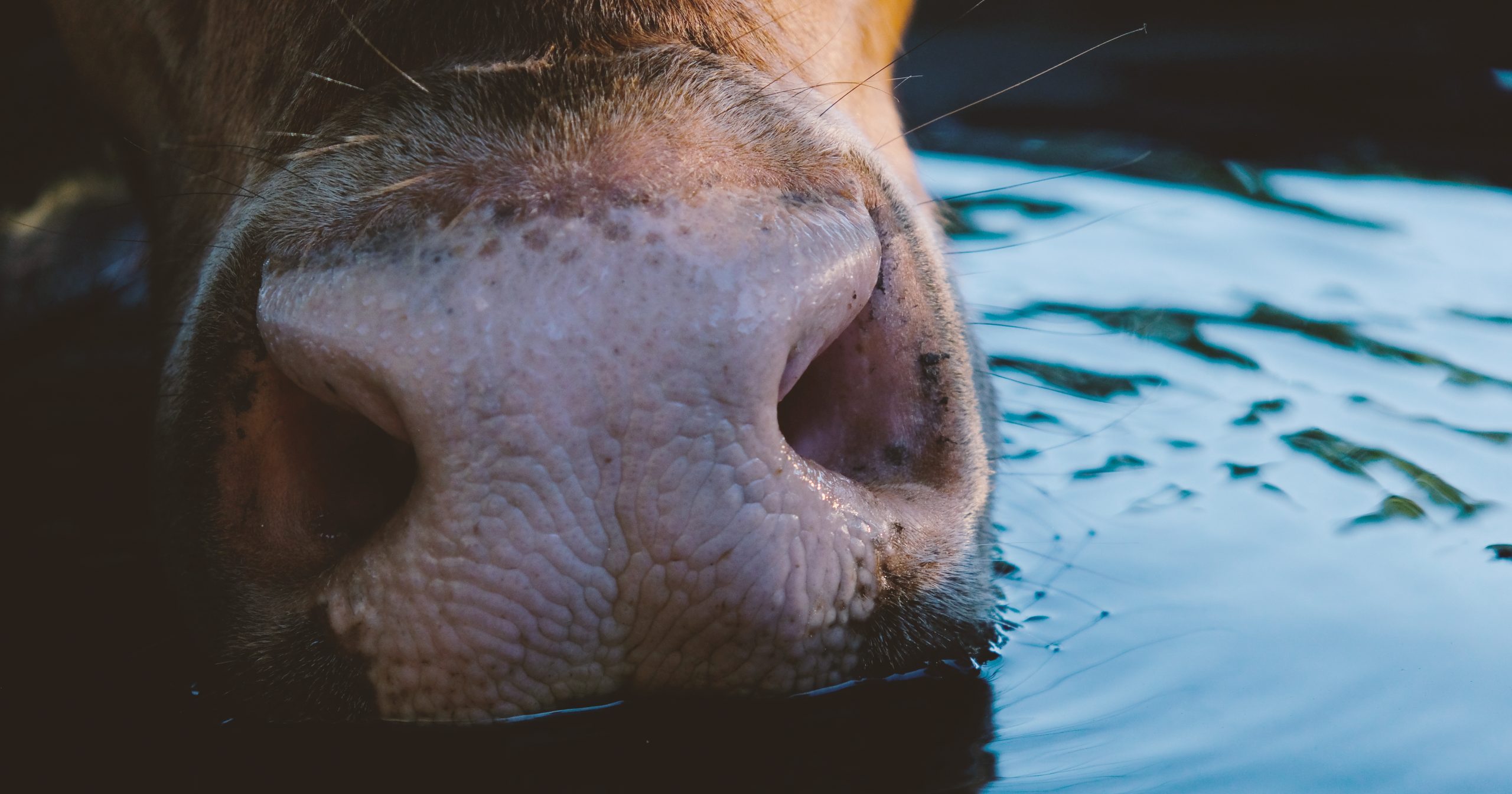AB Direct - Steers
Rail: 492.00-493.50 FOB feedlot (last week)
AB Direct - Heifers
Rail: 492.00-493.50 FOB feedlot (last week)
US Trade- Steers
Rail: 355.00-363.00 (IA, NE) last week
US Trade - Heifers
Rail: 355.00-363.00 (IA, NE) last week
Canadian Dollar
0.19
Canfax Weekly Article | Report for the week of October 31, 2022
The Canfax fed steer and heifer price closed the week at $181/cwt, $1/cwt higher than the previous week. Last week, dressed sales were reported from $300.00-300.50/cwt FOB the lot. Pick up dates were all over the map depending on which packer bought the cattle. Cattle were being scheduled anywhere from late November to mid-December delivery….
ABP Funding Update
By Brad Dubeau and Melanie Wowk Since running a three-part series on ABP’s financial situation, we’ve continued to work to find a solution that will benefit Alberta’s beef industry. When the Board of Directors reviewed the latest refund report, there was some optimism around the table. A slight decrease in refunds was reflected year over…
ABP Past Vice Chair appointed Deputy Minister
Alberta Beef Producers’ Past Vice Chair, Jason Hale, is the newly appointed Deputy Minister, Alberta Agriculture and Irrigation, with the Government of Alberta. “Jason Hale brings a wealth of experience as a cow/half operator, irrigation district board chair, and former MLA,” says Minister of Agriculture and Irrigation, The Honourable Nate Horner. “Agriculture is playing a…
ABP Past Vice Chair appointed as Deputy Minister
Alberta Beef Producers’ Past Vice Chair, Jason Hale, is newly appointed Deputy Minister, Agriculture and Irrigation, with the Government of Alberta. “Jason Hale brings a wealth of experience as a cow/half operator, irrigation district board chair, and former MLA,” said Minister of Agriculture and Irrigation, The Honourable Nate Horner. “Agriculture is playing a vital role…
Cheers to new adventures
After a valued 17 years, Alberta Beef Producers is bidding farewell to our friend, colleague and mentor, Katelyn Laverdure. Over the years, ABP has seen incredible changes, including record-setting droughts and shifts in staffing. Through those changes, Katelyn has been an invaluable resource, offering knowledge and mentorship on everything from the history of ABP to…
ABP champions cattle industry with the Standing Committee on Industry and Technology
Alberta Beef Producers’ Chair Dr. Melanie Wowk and staff Mark Lyseng were invited to join the House of Commons of Canada’s Standing Committee on Industry and Technology this month, to discuss ranchers’ roles in the greening of the prairie economy. “It was an absolute honour to be invited to speak on behalf of Alberta’s beef…
Canfax Weekly Article | Report for the week of October 24, 2022
Dressed sales last week were mostly reported at $302/cwt delivered. Cattle that traded were scheduled for late November/early December delivery. Light volumes of Alberta cattle traded to the U.S.; depending on freight and dressing percentage, cattle were working back to the $186/cwt area FOB the lot. Sales to the U.S. were at a premium over…
ABP champions cattle industry with the Standing Committee on Industry and Technology
Alberta Beef Producers’ Chair Dr. Melanie Wowk and staff Mark Lyseng were invited to join the House of Commons of Canada’s Standing Committee on Industry and Technology this month, to discuss ranchers’ roles in the greening of the prairie economy. “It was an absolute honour to be invited to speak on behalf of Alberta’s beef…
Out and about with Alberta Beef Producers
Did it feel like summer went by in a blink of an eye? For us too. The first restriction free summer had the team at ABP hustling around the province. Here’s a few highlights from the ABP team’s summer: Save On Foods Meet the Ranchers – June 11, 2022 This year, alongside other Western provinces,…
Highlights from the Chair | Strength in numbers
It’s been a busy summer, with a return to conferences and events. As we continue trying to stabilize from the drought, herd dispersals and low feed supplies, I am actually optimistic. Everything is signaling the promise of strong calf prices. The question is: how strong do they need to be to help us recover? Or…
All for the Beef — An update from ABP’s General Manager
Legendary horseman Tom Dorrance once said: “You can learn anything with these three words – observe, remember, and compare.” Beyond that, he said, learn to adjust to fit the situation. Although Tom’s wise advice was a reflection on horsemanship, I couldn’t think of any better advice for what our industry faces today. Throughout last spring…
Programs offer support for on-farm water supply initiatives
If you’re an Alberta livestock producer experiencing water supply challenges, there are programs available to help. Here is a brief overview of both the Government of Alberta’s Water Pumping Program and the Canadian Agricultural Partnership (CAP) Water Program. Alberta’s Pumping Program The Government of Alberta’s Water Pumping Program helps producers interested in pumping water from…


